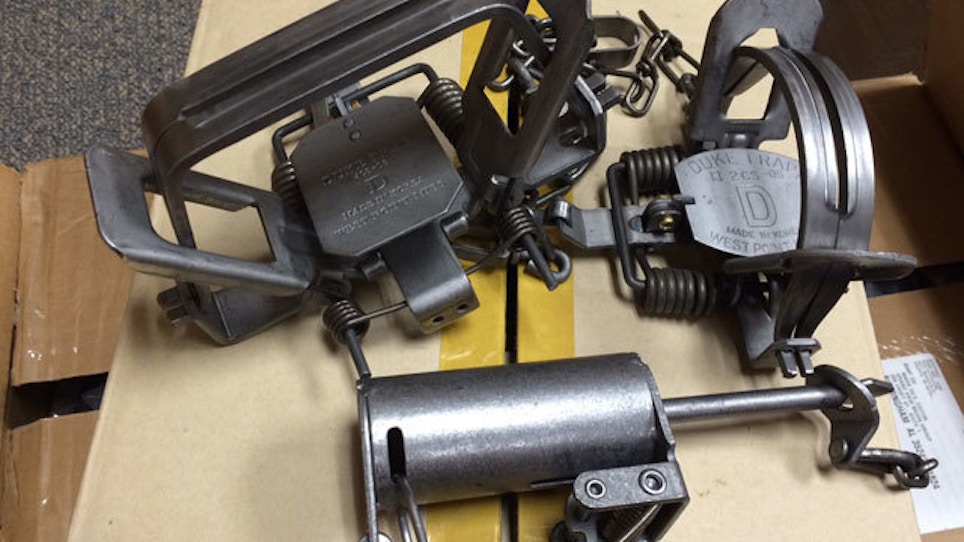California Gov. Gavin Newsom signed the Wildlife Protection Act of 2019 into law Sept. 4, banning trapping on public and private lands. According to Assemblywoman Lorena Gonzalez (D-San Diego) who introduced the legislation, "It seems especially cruel, obviously, and it's just unnecessary and costly."
Fur trapping and trading drove westward exploration through much of what is now the United States and was instrumental in the development of numerous communities. My home state of Wisconsin even prominently features a beaver at the top of the state flag, and it's not because they're fuzzy and cuddly. Before the gold rush, there was a fur rush in California that paved the way for international commerce in the San Francisco Bay Area.
One argument made for banning trapping and passing the Wildlife Protection Act of 2019 was the shrinking number of licensed trappers were not generating enough income for the state to justify paying the bureaucrats required to regulate the trapping industry in California. There was also plenty of misinformation presented by such organizations as the Center of Biological Diversity and Social Compassion in Legislation. If the Center of Biological Diversity sounds familiar, it may be because we recently named them in an article, "10 Anti-Hunting Organizations," with nine others.
The ban on trapping will likely lead to overpopulation as the harvestable surplus is no longer harvested. Animals that would've otherwise been humanely harvested by licensed trappers and had their pelts utilized as a natural alternative to petroleum-based faux fur may now reproduce beyond the environmental or social carrying capacity and be struck by vehicles, eaten alive by predators or eliminated by paid government contractors. So instead of earning income through license dollars from recreational and commercial trappers, tax dollars will need to be spent on population control. I'm curious to see how the people of California respond to that use of tax revenue.
It Only Takes One
As an instructor with the Wisconsin Cooperative Trapper Education Program (WCTEP), one of the ideas I try to drive home in every class is that it only takes one poorly placed trap or one important person's dog caught in a trap to jeopardize trapping altogether.
That's exactly what happened in California.
A bobcat trap illegally placed on conservationist Tom O'Key's property sparked public outcry that led to the passing of the Bobcat Protection Act of 2013 that banned commercial bobcat trapping statewide. From there, the writing was on the wall for a total ban on trapping in California. Unfortunately, I now have a real-world example of how the actions of a single person can have far-reaching consequences.
The Animal Protection Act of 2019 doesn't prohibit the use of traps to catch gophers, house mice, moles, voles and rats. That's lucky for the 40 million people living in California, because many cities in the Golden State have seen an explosion in the rat population in recent months. I wonder if that has anything to do with the push to ban rat poisons.






